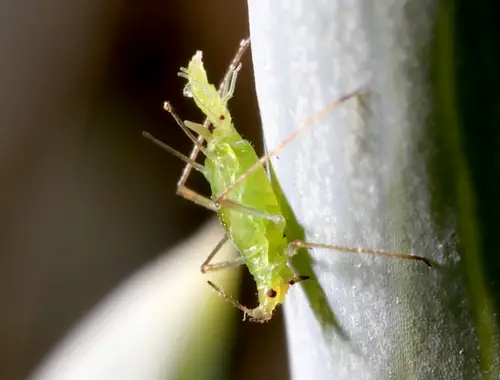
Introduction
There are many different reproductive strategies that are used in living organisms. Which reproductive strategy an organism has often depended on evolution and on what strategy has proven most successful.
One of the reproductive strategies that have evolved is parthenogenesis. Parthenogenesis is quite common in the animal kingdom, but before we can continue in our discussion, we need to first understand exactly what is parthenogenesis and how parthenogenesis works.
Main body
What is parthenogenesis in biology?
Parthenogenesis is when an egg does not need fertilization and can simply develop into a new organism.
How does parthenogenesis work?
An egg can develop into another individual without having been fertilized. In most organisms, the condition of heterogamy occurs. This is when parthenogenesis alternates with sexual reproduction. Parthenogenesis, though, mostly happens only under certain conditions.
When does parthenogenesis occur?
Parthenogenetic reproduction happens in certain plants and animals when the environment is in optimal condition. In other words, weather conditions are good and food resources are abundant. It is common in insects that have a haplodiploid system of sex determination, where both sexual and asexual reproduction (in the form of parthenogenesis), occurs. Parthenogenesis in these insects occurs when a particular sex (male or female) is needed.
Why does parthenogenesis occur?
Besides parthenogenesis having evolved as a reproductive strategy in some organisms, there can also be infectious parthenogenesis. In these cases, parasites can be responsible for triggering parthenogenesis. For instance, Wolbachia bacteria in wasp species have been shown to cause the wasps to produce female offspring without mating.
Are parthenogenesis clones?
While parthenogenesis can result in individuals that are the same as the parental egg, this is not always the case. We know, for instance, that mammalian parthenogenesis is an abnormality and does not produce viable offspring. Gene mutations can also cause parthenogenesis, for example, in some fruit flies.
Offspring produced by parthenogenesis may be identical to the parent and, in that sense, some may call them clones. However, in the biological sciences today, the word clone is mostly reserved for describing cells that are produced through molecular biology methods. Cloning also refers more often to bacterial cells that have been artificially manipulated so as to be completely identical to the parent cell.
What is parthenogenesis example?
One example of parthenogenesis is in the aphids. These little insects are cyclically parthenogenetic, meaning that at one time of year they use parthenogenesis while at other times, they have sexual reproduction.
What are the 3 types of parthenogenesis?
There are three kinds of parthenogenesis which are listed and described below.
- Thelytoky – female individuals develop from unfertilized eggs. Aphids and wasps in the family Cynipidae have this type of reproduction at certain times.
- Deuterotoky – this is when both sexes develop from eggs that have not been fertilized.
- Arrhenotoky – male individuals develop from unfertilized eggs. An example of this is in a species of thrips known as Frankliniella occidentalis. This is a type of insect in the family Thripidae. Unfertilized eggs in this species produced males while fertilized eggs produced females in a complex life cycle.
Is parthenogenesis asexual reproduction?
Parthenogenesis is one of the forms of asexual reproduction because a mate is not needed for the production of one or more offspring.
In which group is parthenogenesis a normal event?
The parthenogenetic mode of reproduction is common in many animals like rotifers and aphids and is quite normal among the ant species.
Why parthenogenesis is common in ants?
In the ants, sex determination is called haplodiploid. This means that male offspring are haploid and arise from unfertilized eggs while female offspring are diploid. The females are produced as a result of sexual reproduction where eggs have been fertilized. Ants are eusocial insects that rely on a caste system and large numbers of individuals. It is, thus, a benefit to have more than one reproductive strategy.
Has parthenogenesis ever happened in humans?
Parthenogenesis can sometimes happen in humans but the result is always pathological. In other words, tumors are produced when this happens. An ovarian teratoma is an example of a mass that can be formed in females.
Can human females do parthenogenesis?
A human female cannot produce viable offspring by parthenogenesis. The results are aberrant formations called tumors and teratomas. These may even contain some body parts like hair and teeth but are unable to survive and develop into a human fetus.
What is parthenogenesis in plants?
Parthenogenesis occurs most commonly in the lower plant groups like the mosses. Some plants have apomictic parthenogenesis in which an ovule can develop into an embryo without ever having been fertilized.
Which of the following characterizes parthenogenesis?
One may wonder what characteristics are associated with parthenogenesis. It is a form of reproduction that does not involve any type of courtship or mating. It means producing offspring from an unfertilized gamete (an egg cell). As previously mentioned, parthenogenesis can take one of three forms, either all male or all female offspring can be produced, or offspring of both sexes can be produced.
What are the advantages of parthenogenesis?
There are some advantages to parthenogenesis. It is easier to produce offspring if you don’t need to spend time searching for a mate. Animals that have parthenogenesis can simply produce young without spending any energy finding a mate.
This is a big benefit because the organism is assured of passing on its genes through this form of asexual reproduction called parthenogenesis.
Parthenogenesis also means that a lot of offspring can be produced relatively quickly to take advantage of favorable environmental conditions.
Summary
Parthenogenesis is one type of asexual reproduction that occurs in some organisms. In many cases, animals, specifically invertebrates, can alternate between sexual reproduction and parthenogenesis depending on the conditions of the environment.
Parthenogenetic reproduction is common among hymenopteran insects and aphids. There have also been some records of types of parthenogenesis occurring in some reptiles and also some lower plants such as the mosses. Like other reproductive strategies, there are both benefits and disadvantages to parthenogenesis.

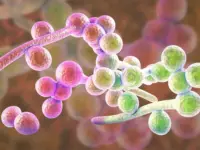
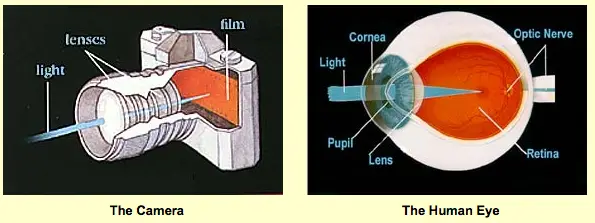
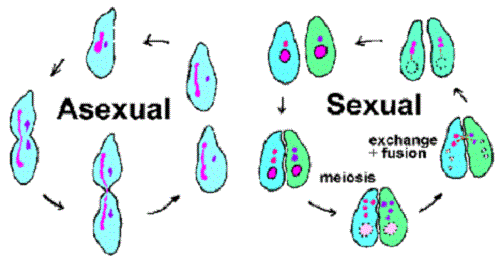

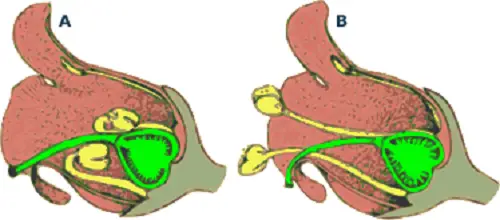
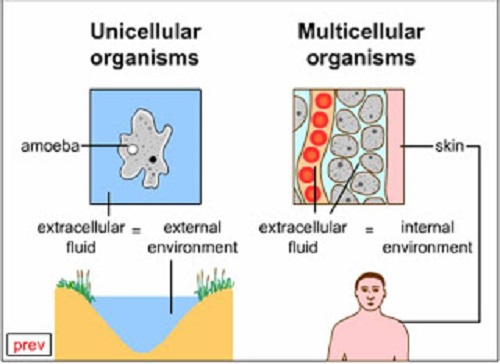





Leave a Reply